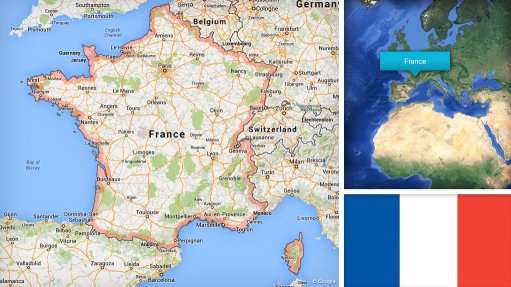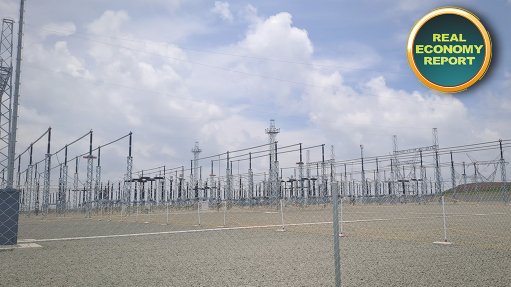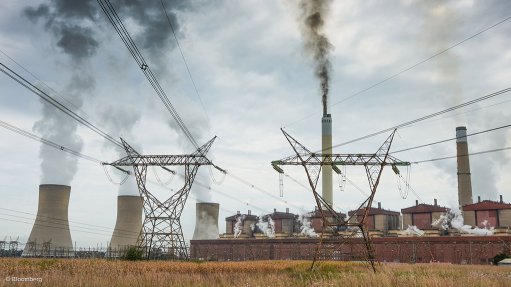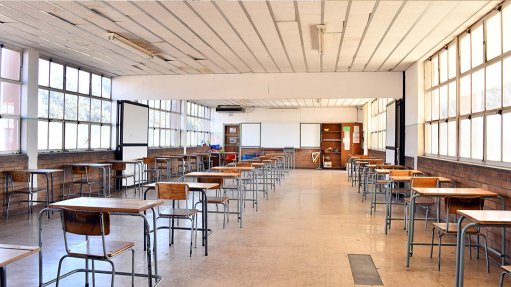Breathtaking views on electricity and renewables
Of late, I have been reading in Engineering News and other publications of opinions on electricity and renewable energy by various people that are just breathtaking. It is interesting that these opinions are somewhat fanciful, to say the least.
Let us first get down to the detail in a particular article reporting the opinion of the Council for Scientific and Industrial Research (CSIR) in the person of Dr Tobias Bishof-Niemz. He is reported as saying that South Africa has an “impressive wind and solar resource base, with a capacity factor of 35% found to be achievable anywhere in the country – far superior to the 25% actually achieved in Spain and 20% in Germany”.
Unless there is some secret data, as yet unrevealed, nowhere in South Africa has any renewable-energy installation achieved a load factor of more than 30% with either solar or wind power.
But, hist! Did you see that I wrote ‘load factor’, while Bishof-Niemz wrote ‘capacity factor’? Is there a difference? In some publications, the capacity factor is the ratio of the peak power of the installation to the average power. The load factor is the ratio of the maximum possible energy available from an installation divided into the energy actually produced by the installation over a given time. But, as I say, perhaps there is secret data, as yet unrevealed – I have data for two wind farms and the best of them is 22%.
Let us move on. Assume that the figure is 35%. Is it true that the “capacity factor of 35% found to be achievable anywhere in the country”? Anywhere in the country? Like the KwaZulu-Natal Midlands? Are you kidding? Anyway, perhaps Bishof-Niemz is correct.
In his article, he states that the CSIR is testing supplying a theoretical baseload of 8 000 MW using a mix of solar photovoltaic (6 000 MW), wind (16 MW) and 8 000 MW flexible power being gas, biogas, pumped hydro and concentrated solar. Indeed. I do not see that this has to be tested. Give me a few gas turbines and it is sorted. Let me be clear – I have no quarrel with this. I have even gone to the CSIR presentation site to see how these conclusions come to be (http://www.csir.co.za/docs/Wind_and_PV_Aggregation_study_final_presentation_REV1.pdf ). But when I got to the phrase that “average wind profile generally with less output during the day and more during evening/night”, I thought: Are you kidding? Just look up the records.
Let us leave the CSIR. Try 567 Cape Talk Radio. An ‘expert’ is asked what he thinks of Apple’s new iPhone 7. It has a pair of wireless earphones. The expert explains: “Everything will be wireless soon. Electricity will be transmitted wirelessly.” Now, young people are listening to this programme. They may think this is true or possible. It so is not. Radars or radios can transmit about 100 kW. This is trivial in an electrical context.
Next in my list of peeves is the editorial in a recent Noseweek magazine. It states: “Home solar power is simply not compatible with the existing electrical grid. Outside of completely rebuilding the system (at enormous cost, we are told) home-based solar power generation has to exist alongside the traditional distribution system, resulting in a measure of duplication that only drives up costs and reduces efficiency.” This is misleading and wrong. There are many home-based or commercial office solar power installations and there are no grid connection issues. Why would one rebuild the system?
In another article in Noseweek, it is claimed: “We are with Eskom in trouble and a government which does not see the problem. The coal-fired power stations they want will be obsolete before they are run in and the electricity will be more expensive than power from the wind and solar technology now evolving.” I doubt that. But one thing for sure: a coal-fired power station can deliver baseload of 84% of its installed capacity for day after day and night after windless night.
All these statements are not an impartial analysis of the power supply situation but a form of green agenda; here, they are just incorrect, impractical or unworkable. Shame.
Article Enquiry
Email Article
Save Article
Feedback
To advertise email advertising@creamermedia.co.za or click here
Comments
Press Office
Announcements
What's On
Subscribe to improve your user experience...
Option 1 (equivalent of R125 a month):
Receive a weekly copy of Creamer Media's Engineering News & Mining Weekly magazine
(print copy for those in South Africa and e-magazine for those outside of South Africa)
Receive daily email newsletters
Access to full search results
Access archive of magazine back copies
Access to Projects in Progress
Access to ONE Research Report of your choice in PDF format
Option 2 (equivalent of R375 a month):
All benefits from Option 1
PLUS
Access to Creamer Media's Research Channel Africa for ALL Research Reports, in PDF format, on various industrial and mining sectors
including Electricity; Water; Energy Transition; Hydrogen; Roads, Rail and Ports; Coal; Gold; Platinum; Battery Metals; etc.
Already a subscriber?
Forgotten your password?
Receive weekly copy of Creamer Media's Engineering News & Mining Weekly magazine (print copy for those in South Africa and e-magazine for those outside of South Africa)
➕
Recieve daily email newsletters
➕
Access to full search results
➕
Access archive of magazine back copies
➕
Access to Projects in Progress
➕
Access to ONE Research Report of your choice in PDF format
RESEARCH CHANNEL AFRICA
R4500 (equivalent of R375 a month)
SUBSCRIBEAll benefits from Option 1
➕
Access to Creamer Media's Research Channel Africa for ALL Research Reports on various industrial and mining sectors, in PDF format, including on:
Electricity
➕
Water
➕
Energy Transition
➕
Hydrogen
➕
Roads, Rail and Ports
➕
Coal
➕
Gold
➕
Platinum
➕
Battery Metals
➕
etc.
Receive all benefits from Option 1 or Option 2 delivered to numerous people at your company
➕
Multiple User names and Passwords for simultaneous log-ins
➕
Intranet integration access to all in your organisation

















